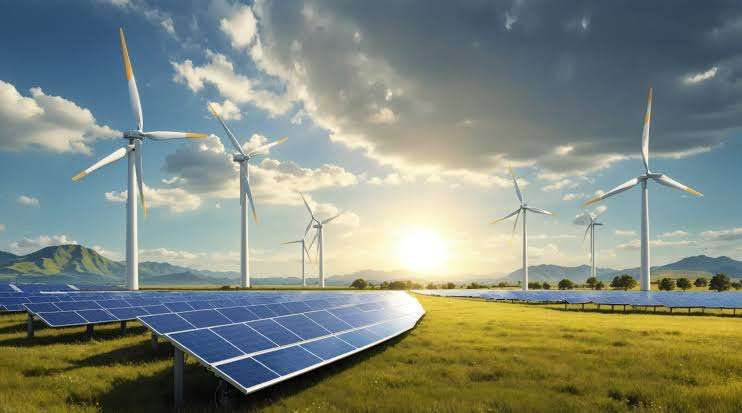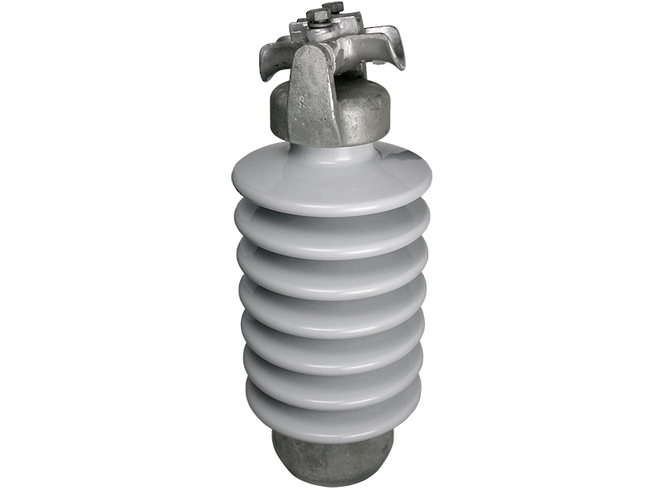
Brazil has seen a significant increase in renewable energy capacity driven by several factors. These include government policies, private sector initiatives, and global climate goals. The country focused on diversifying the energy mix to meet sustainability. This is from the abundant resources of hydropower, solar, and wind power. Brazil also aims to expand distributed generation to contribute to the national electric grid. The decentralized approach has support from government policies. These include tax exemptions and financing incentives. The government also plays a crucial role in implementing renewable energy auctions that reduce investment risks for renewable energy companies. The country is also exploring green hydrogen production to create a sustainable export product. Use of green hydrogen also drives renewable energy demand and increases capacity. A line post insulator serves in the infrastructure used to send electricity generated from renewable energy sources in Brazil.
A line post insulator supports power lines to ensure their stability and prevent sagging. The insulators prevent electrical current from flowing to the support structure. This helps reduce the risk of electrical accidents and power interruptions. A line post insulator is able to withstand harsh environmental conditions in Brazil. These includes humidity, strong winds, and high temperatures. This helps to ensure the long-term reliability of the power grid. By doing so, the line post insulator supports renewable energy integration and transmission in Brazil. The insulators also contribute to the efforts to increase renewable energy capacity and reduce its reliance on fossil fuels. This article looks at the technological advancements used in Brazil to increase its renewable energy capacity.
The role of a line post insulator in increasing renewable capacity in Brazil
A line-post insulator supports Brazil’s growing renewable energy capacity. It helps in carrying electricity from remote renewable sites to urban and consumption centers. Additionally, a line post insulator enables the efficient, safe, and reliable transmission from Brazil’s expanding renewable energy sources. This in turn supports the growth in renewable energy and sustainability goals. Listed below are the roles and functions of a line post insulator in increasing renewable capacity.

- Ensuring electrical isolation and stability – a line post insulator isolates high-voltage conductors from transmission towers. This helps to prevent power losses and ensure safe power transmission. The insulators support the increase in renewable capacity by allowing new transmission lines for power delivery.
- Scalability – the insulators are adaptable to expansions, which allows Brazil’s transmission grid to grow. They can accommodate various voltages and line expansions, which makes them essential in increasing the renewable energy output.
- Handling high voltage from renewable sources – line post insulators are able to handle high voltages and help maintain system reliability. A line post insulator is made from materials such as porcelain or polymer that are resistant to environmental stresses.
- Reducing maintenance costs – line post insulators reduce maintenance costs by being resistant to corrosion. The longevity allows for cost-effective renewable energy infrastructure that does not need servicing.
- Supporting transmission – line post insulators can withstand heavy winds, seismic activity, and extreme weather conditions. The durability helps in extending the life of transmission infrastructure. This is essential for long-term renewable energy growth.
Technological advancements used to increase Brazil’s renewable capacity
The increase in Brazil’s renewable capacity in 2024 arises from technological advancements that improve efficiency and sustainability. The technologies empower Brazil to expand its renewable energy capacity, which allows for sustainable growth in both energy production and economic resilience. At TTF Power, we are a one-stop-shop for utility pole hardware fittings, transmission line accessories and power line construction equipment. We provide our customers with the most extensive range of products in the industry, excellent value and knowledgeable service. The following are the innovations supporting the growth in renewable capacity.

- Advanced solar and wind technologies – Brazil adopted new, high-efficiency photovoltaic panels that capture sunlight on both sides. They also used the latest generation of wind turbines with larger rotor diameters and higher towers.
- Investments in data centers – data centers expand carbon-neutral, energy-efficient facilities powered by renewables. This reduces the data industry’s carbon footprint while supporting renewable energy demand.
- Energy storage solutions – the storage systems help to manage the intermittent generation from wind and solar. The batteries integrate with renewable installations, enhance grid stability, and make renewable energy more reliable.
- Improved transmission and distribution hardware—components like a line post insulator, pole line hardware, and deadend clamps can handle higher voltages. This ensures the durability and efficiency of power lines, which enables consistent energy flow from renewable installations to consumers.
- Grid modernization with smart grid technology – advanced grid monitoring systems and automation technologies allow the grid operators to manage power flows. High-voltage direct current technology allows the transmission of large amounts of renewable power across Brazil’s long distances.